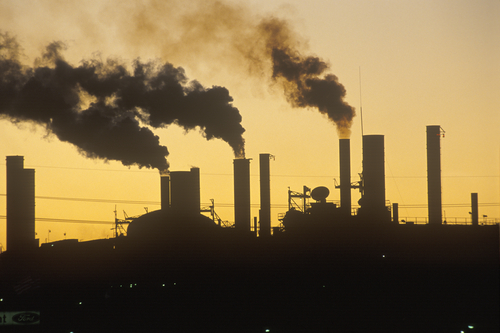On Thursday, June 30, 2022, the Supreme Court of the United States issued a decision in West Virginia v US EPA that is tantamount to more politicization of the rights and health of people living and working on the pollution frontline. In a 6-3 decision, the Court restricted the Environmental Protection Agency’s (EPA) ability to regulate greenhouse gasses. This sets a precedent that could limit government agencies’ capacity to establish specific new regulations.
For the first time, the Court’s decision was grounded in the “major questions doctrine,” which decrees that government agencies, such as the EPA, have little leeway in setting new regulations of “major economic and political importance” that rely on powers not spelled out in detail by Congress. The major questions doctrine holds that in such instances, federal agencies must be able to point to specific Congressional authorization for their actions. In the West Virginia v EPA case, the Court’s decision substantially limits the EPA’s rulemaking authority.

The mission of the Institute for Sustainable Communities is to support communities hardest hit by climate disruption and pollution, tackle economic, social, and environmental underpinnings, and build a better future shaped and shared by all. We facilitate justice, equity, and the inclusion of marginalized and disinvested communities in policies, decisions, and investments. We prioritize closing the gaps that put them in harm’s way. We are equity and environmental justice practitioners.
The Supreme Court ruling in West Virginia v US EPA is a significant setback for federal climate action in the United States. With this ruling, the Court majority puts the interests of power plant polluters ahead of protecting people’s health and the environment.
Air pollution is lethal. The devastation to communities and geographies that experience excessive exposure to ambient contaminants is profound. Coal-fired power plants emit 3.5 million tons of climate-changing CO2 annually in this country. Over 13,000 deaths and 20,000 heart attacks annually are tied to coal burning, likely an undercount. On average, people of color are hardest hit across income levels and geographies.
Power plant emissions demographics are skewed too. Out of the total 3,477 power plants across the United States, disproportionately, there are 421 in low-income communities and 388 in communities of color. African Americans breathe 38 percent more polluted air than white Americans and are 75 percent more likely to live in fenceline communities than the average American. Two in five Latinos live within 30 miles of a power plant. Due to a lack of data, little is known about impacts on Native American communities and Asian Pacific Islander populations. However, estimates show that 200 methane or coal power plants are located within 50 miles of tribal lands.
There is still room for the US EPA to act on climate change by regulating carbon pollution from power plants. The Agency should urgently issue a new carbon emission reduction rule.
